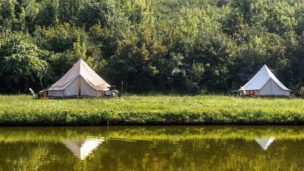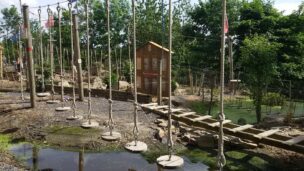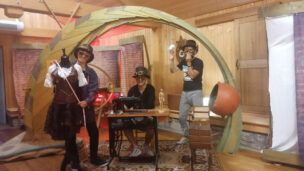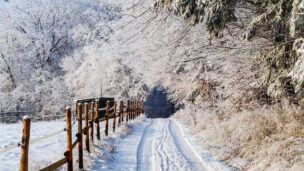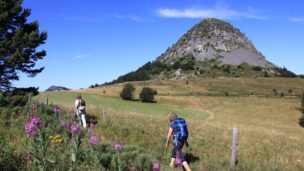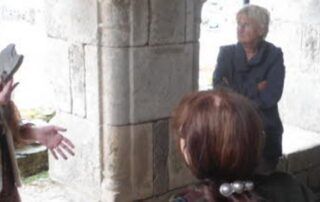Description
The locals thought there had been a church there. The excavations carried out on the site did not however raise any object in connection with the Christian religion. However, archaeologists and historians who have taken an interest in the Pal route cite this place as a must for ancient travellers. Listen to what Abbé ARNAUD, an eminent archaeologist who was behind the excavations of the ALBA site and a very important history of the AUBENAS region, has to say. According to Father Pierre ARNAUD: “Valvigniére en Helvie” published by the LUCIEN VOLLE printing press in 1963. If, at the time of the Gallic Wars, the Régordane way was already commonly followed to reach Auvergne, there was, starting from Helvie (the current Vivarais), an even older and much more famous way. . The one that the traffickers of Rhodes and Phocaea, to reach the tin, had formerly cleared starting from the lower Rhone, towards this Loire whose stream of water led to the country of Vénètes and to Breton tin. This was the road that Strabo (Greek geographer from the 1st century BC) would later point out, the so-called Pal road which also led to Gergovia. In Ardèche, this old road is still dotted with indisputable material remains, the main ones starting from the Rhône being: Under the reign of Napoleon III, in 1863, this site was excavated, incompletely moreover, by Célestin Dubois, then Justice of the Peace in St-Etienne de Lugdarès. The long list he gives of found objects is of the greatest interest. A few years later, the site was again prospected by Jules Ollier de Marichard; finally, in 1926, Jean de la Laurencie excavated it again. For the latter, there was a sanctuary there at Abelio (Obelen, Baladuno, Apollo), a solar cult, but perhaps also, in our opinion, a cult of springs, since right next to it was born, for the Greek discoverers, the river which led to the tin. The description that Célestin Dubois gave of the infrastructure of the Gallo-Roman monument of Sainte Abeille and the nature of the objects he found, could also make one think of a memorial erected there, in memory of the passage of Julius Caesar in 52 BC, by the Valerius family (friend of Caesar). The hypothesis put forward by Abbé Arnaud according to which this site was dedicated to a cult of springs would explain, according to archaeologists, the origin of the toponym “Lalligier” which comes from “Liger”, the old Latin name of the Loire.
Location





